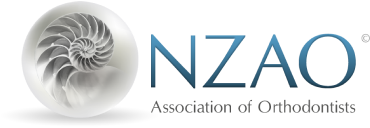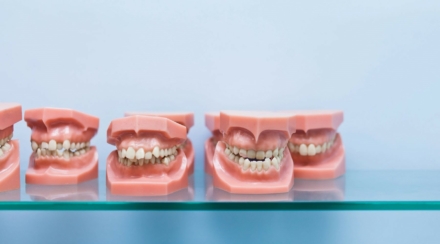Some companies are now offering products to straighten New Zealanders’ teeth, without any face-to-face appointments with an orthodontist. These companies are using a “do-it-yourself” (DIY) approach with clear aligners where customers can purchase a kit online that is used to take a mould or impression of the teeth. There are also a few locations with facilities for non-dental staff to take a scan of the teeth with no direct supervision from a specialist orthodontist or dentist. These impressions or scans are then used to make clear aligners (or more information about clear aligners can be found here)
The New Zealand Association of Orthodontists (NZAO) is committed to delivering a high standard of care for the oral health of New Zealanders and would like potential consumers to be aware of the risks that you may be exposed to by using these products.
Similar to any medical or surgical treatment, moving teeth with clear aligners or braces is a highly specialised biological procedure, which may have unwanted effects and contraindications. Before using any appliance, it is vital to have a clinical examination to check whether your teeth, gums, bones and jaws are healthy enough to commence orthodontic treatment. This assessment cannot be done online or in a shop relying only on scans of the teeth and photographs. It requires other specialised clinical equipment, multiple x-rays and the diagnostic skills of an orthodontist, who will personally check the medical history alongside the client’s diagnostic and clinical records.
Without a thorough examination by an orthodontist, the use of these DIY aligner products is risky. The aligners can damage the roots of the teeth and the gums and can even cause teeth to become loose. Because the use of these aligners is not supervised, these adverse events might not be noticed until they are very severe – making reversing any damage difficult, and in some cases even impossible. Additional risks include relapse of misalignment with teeth going back to their original position, a bad bite (when the upper and lower teeth don’t fit together adequately), and in some cases clicking joints, facial pain and headaches.
Specialist orthodontists take a carefully planned, individualised approach for each patient. They also evaluate the position of the teeth and the jaws relative to the face, the lips, and to other facial soft tissues. They make a comprehensive evaluation of a client’s overall oral health status while assessing all the conditions which can interfere with tooth movement. Research has proved that failure to take these factors into account in the treatment plan may result in unsatisfactory smile aesthetics, improper jaw function, and consequently a reduced quality of life.
DIY orthodontics relies on predicting tooth movement before treatment has started and does not include follow up after treatment is completed. This is highly unreliable as tooth movement cannot be fully predicted. As such, ongoing management and supervision of orthodontic treatment by an orthodontist is essential to ensure that teeth will fit together adequately during treatment, at the end of treatment, and also after treatment. Indeed, teeth have a strong tendency to move back to their initial position. This tendency needs to be checked regularly for many years after treatment and controlled or minimised with specialised appliances (retainers).
Orthodontists are highly specialised dentists, who are extensively trained to diagnose and treat misaligned teeth and jaws using many types of specially designed orthodontic appliances, including aligners. They plan orthodontic treatment in a way to avoid complications from occurring. Furthermore, they are capable of dealing with all possible side effects associated with orthodontic treatment. Ultimately, orthodontists make sure that the best and safest treatment outcomes are not only achieved, but also maintained over time.




